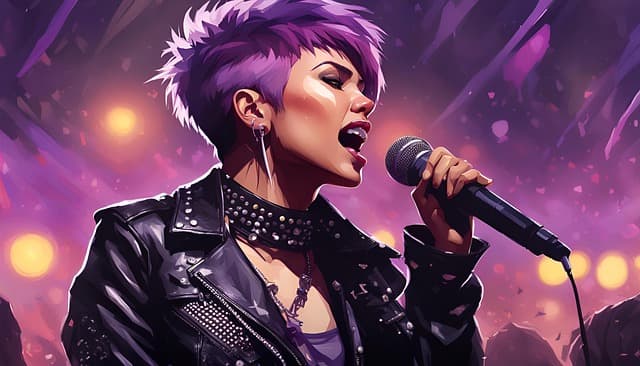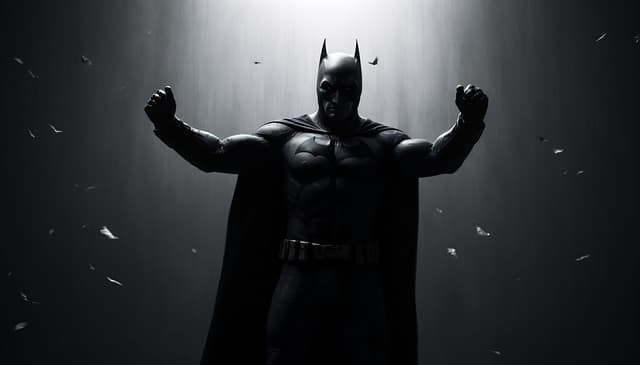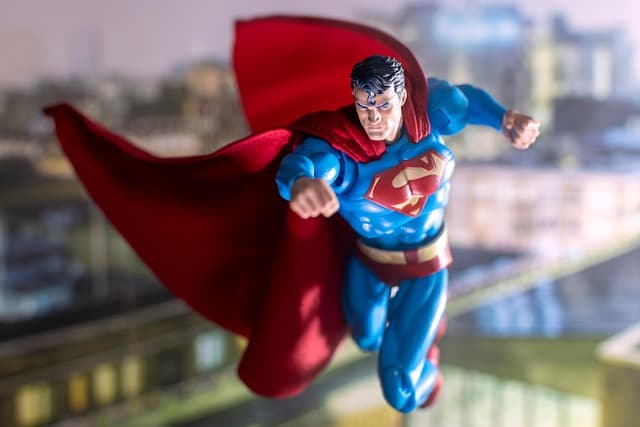Once limited to being the “damsel in distress,” they are now leaders, fighters, thinkers, and symbols of freedom. Women in comics have come a long way: from background characters to driving forces in the universes of Marvel, DC and beyond.
Let’s talk about how it happened – and why it’s more than just a trend.
The Golden Age of Comics: Ladies in the Background
In the ’30s and ’40s, when superheroes were just gaining popularity, female characters most often existed around a male hero. They were:
- Reporters always in trouble (Lois Lane),
- Secretaries with a good heart,
- Or just love interests in need of rescue.
Yes, there was Wonder Woman (created in 1941), but even she often got into pretty stereotypical situations in the early years – and her power was “softened” by romance and handcuffs.
Silver Age: the first cracks in the stereotypes
From the 50s through the 70s, more active female characters appear – but still in secondary roles:
- Jean Grey in X-Men.
- Black Canary.
- Catwoman – as an anti-heroine, but with personality.
These heroines are starting to show character, abilities, and even internal drama. But often their storylines have been about men, whether it be tragic love or rescue.
Modern Era: Icons of Power
Since the 2000s, a real revolution begins. Women in comics become protagonists, leaders, anti-heroines and symbols of entire movements.
Here are just a few examples:
- Captain Marvel (Carol Danvers) is the leader, the soldier, the star of an entire franchise.
- Shuri (from Black Panther) – A genius princess who combines intelligence and bravery.
- Jessica Jones – a sleuth with post-traumatic stress syndrome who needs neither capes nor recognition.
- Harley Quinn is an evolution from “Joker’s girl” to an independent anti-heroine with her own style.
What do all these characters have in common?
They are not idealized, they are complex, vulnerable, strong in their own way – and therefore closer to readers and viewers.
Why it matters?
Comics are not just entertainment. It’s a mirror of society and culture. And when more and more strong, complex, diverse women appear in that mirror, it signals a shift in how we think about heroism, leadership, and strength.
Conclusion: the heroines we deserve
Comic book women are no longer “second rate.” They inspire, they lead, they shatter stamps – and they do it beautifully, powerfully, and in their own way. And that’s exactly their superpower.
Who’s your favorite comic book heroine – and why? Tell us in the comments – let’s put together our own league of power icons.



